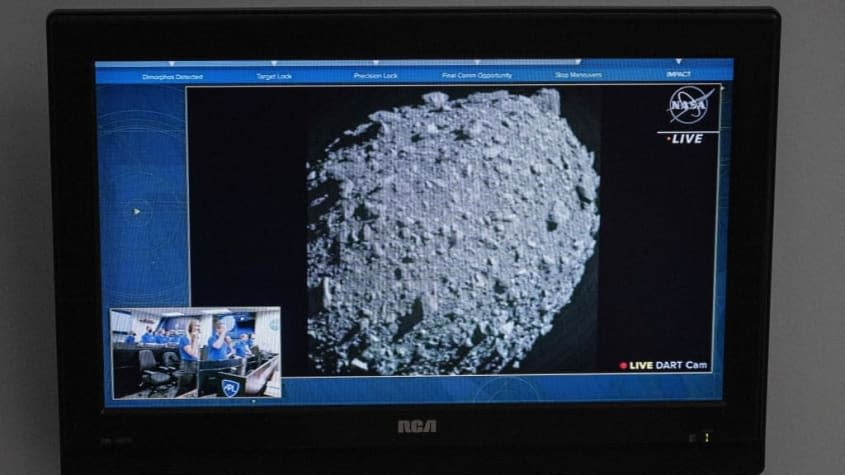Amateur stargazers recognized for their part in confirming DART mission's success

Amateur astronomers came in with the assist, providing images and data to NASA confirming that its DART mission was a success.
In September, the Double Asteroid Redirection Test (DART) spacecraft slammed into the Dimorphos asteroid at 14,000 miles per hour. NASA wanted to see if DART could knock the asteroid off its path, giving the agency a defense system in case a massive object was headed for Earth.
More than 30 people on four continents who have Unistellar smart telescopes shared their observations with NASA, and scientists then used that information to determine whether the orbit of Dimorphos was altered. The data helped NASA determine that yes, the mission was a success, and those Unistellar users have been named as co-authors of a paper published Wednesday in Nature, "Light Curves and Colors of the Ejecta From Dimorphos After the DART Impact."
Unistellar co-founder Laurent Marfisi told The Independent that the worldwide network of users "allows continuous observations of the night's sky, because it's always night somewhere in our network." Being part of a "major scientific breakthrough" is exciting, Marfisi said, and "marks our entry into an era where the general public is becoming a decisive player in the conquest of space, holding the key to more discoveries and wider dissemination of scientific knowledge."
You may also like
Jurassic-era insect discovered at Arkansas Walmart
Fox News vs. Dominion: 'A watershed of journalistic misdeeds'


